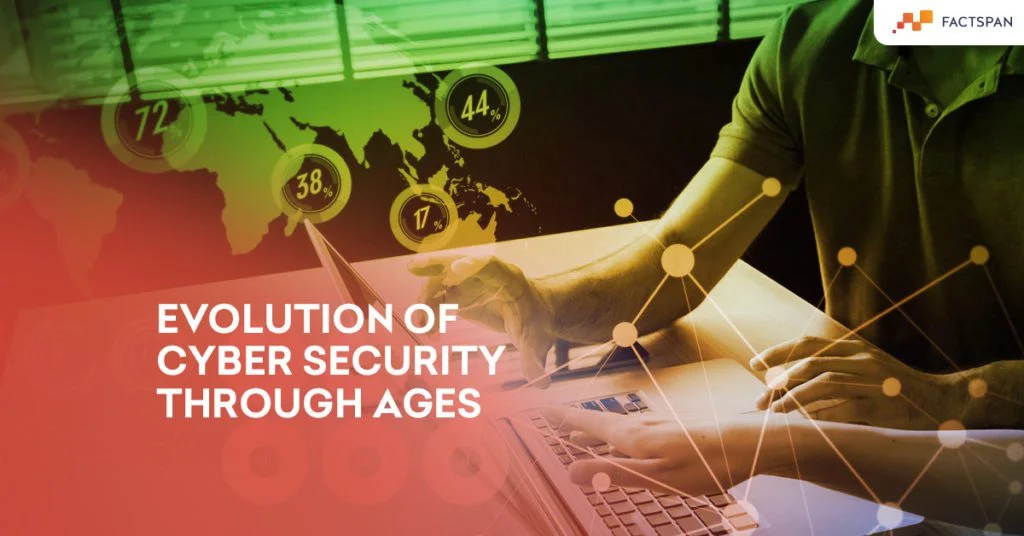People have tended to secure their valuables throughout the ages by hiding their location or building up an entire institution to look after their commodities. Similarly, businesses in simpler times wanted their information treasured behind the virtual walls of networks. Nowadays, Virtual Private Network (VPN) provides access to remote working. VPN is a secure connection network space when using a public network.
Besides, the employees look for user-friendly ways to work hence they opt from dozens of different devices and various locations. However, when there are more complexities in the network and devices, there is a bigger chance of mismanagement, leading to more cybercrimes.
In this open environment, hackers are directly targeting the most critical business information. Over the decades, cyber crimes have become powerful and are on their way to change the course of history. Hence, to understand Cyber Security at its core it’s important to understand the case studies over the course of a few decades.
Pre 1990s: Birth of Cyberattacks
The world’s first cyber attack is a lesser-known story. In 1834, few hackers stole financial market information by hijacking the French telegraph system. At the time, to and fro intercepted signals from telegrams played a crucial role in the American civil war. Hence, securing their communication channels held paramount importance.
Many years and inventions later, in 1955, the modern history of cyberattacks began when Allen Scherr, a Computer Scientist, conducted the first cyber hack, which he launched against MIT computer networks. He was able to penetrate within the systems because of simple and accessible security codes. Also, he stole passwords from the database by making a punch card.
Scherr’s actions accelerated the current age of security, and computer scientists began the competition to develop password standards that could keep up with increasingly complex operating systems.
You might also be interested in Best Possible Solutions to Cybersecurity Risks in 2021
Post-1990s: Era of Email Scams
Melissa virus, or a virus infecting the word documents, was an advanced cyber attack for its age. At the time, people were still adjusting to the email culture and a virus through emails was never heard of before. This virus pops up in a LIST.DOC format as a friendly email. Once the user clicks on the file, the malware starts spreading to the first 50 people in the user’s Outlook address book.
In fact, the spread of the virus was difficult to control as the path it took could have been endless. Melissa virus showed us how hard it can be to trace the virus back to its source. This incident led to the formation of effective agency and government-wide processes for reporting and analyzing the effects of computer attacks.
The 2000s: Advancement in Cyber Threats
Do you know about the biggest cyber breach of card data? The heartland payment systems announced that their systems were attacked with a technique called SQL injection. This technique changes the SQL query to give additional results, for instance, hackers modify the slug of the URL from an e-commerce site to confuse the website results. Hence, allowing the hackers to steal the products without even paying for them.
BBC estimate claimed 100 million cards and more than 650 financial services companies were compromised, at a cost of hundreds of millions of dollars. Prosecutors reported that three of the corporate victims disclosed losses of $300m.
Finally, Why is it important to know about the history of Cyber Security? It’s an indication that history can and will repeat itself, only if we continue to respond in the same way! Hence it’s imperative to have an in-depth analysis of the past cyber-attacks and learn our lessons early.
Moreover, the future of Cyber Security is attached to advanced technology, including machine learning and AI tools. In fact, some cybercriminals have started adopting these tools to penetrate vulnerable systems. So, staying one step ahead of them is a continuing challenge.
